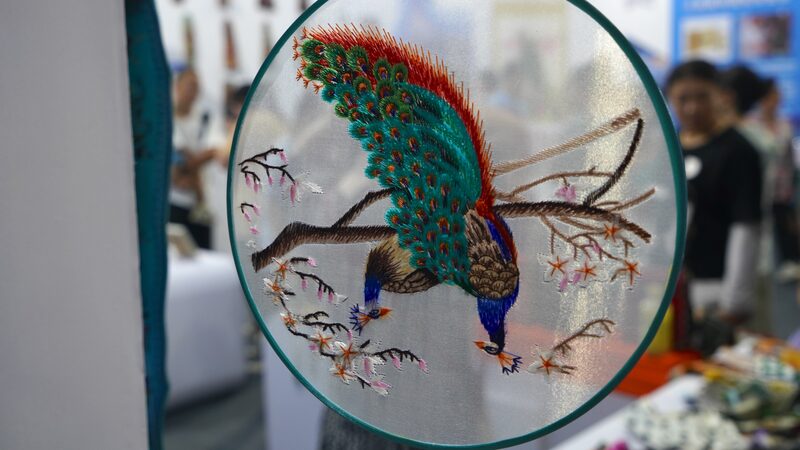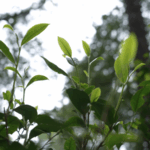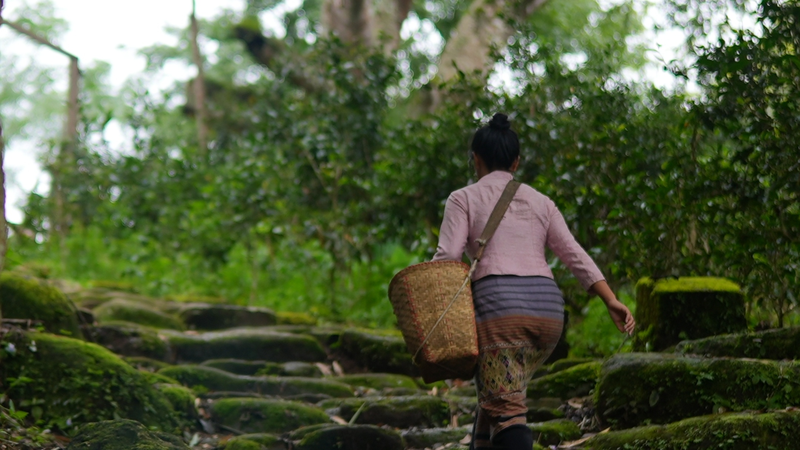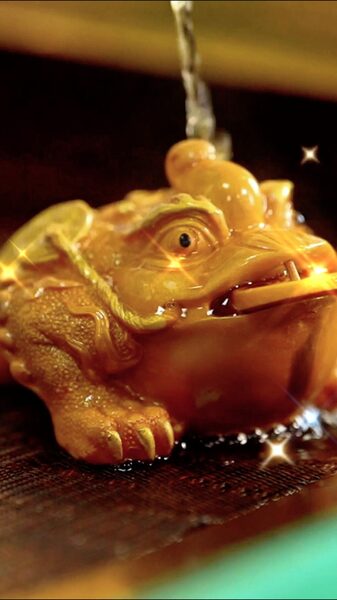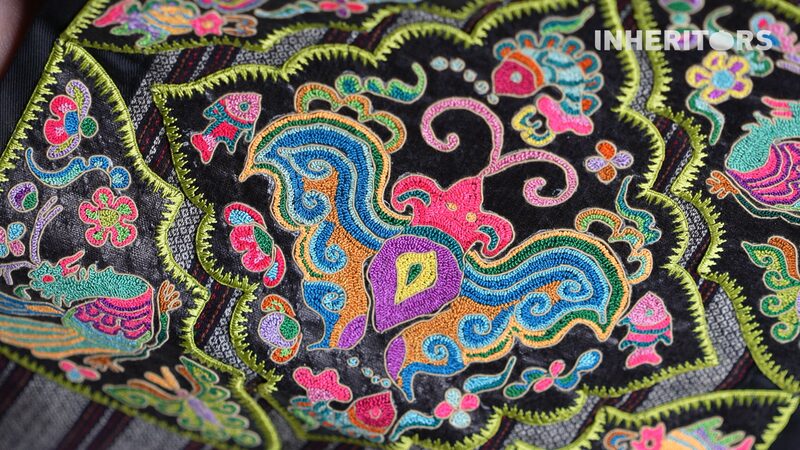China’s rich tapestry of culture and tradition continues to captivate the world, offering glimpses into ancient practices that have shaped its society over millennia. From the lush tea forests of Jingmai Mountain to the vibrant bazaars of Urumqi, and from the grandeur of the Forbidden City to the delicate art of Su embroidery, the nation is experiencing a cultural renaissance that blends the old with the new.
Tea Forest Travels in Jingmai Mountain
Nestled in the verdant landscapes of southwestern China, Jingmai Mountain has become a haven for tea enthusiasts with a penchant for history. The mountain’s ancient tea forests, some trees over a thousand years old, offer a unique journey through time. Visitors can immerse themselves in traditional tea harvesting practices, guided by the local communities who have preserved these methods for generations. The experience is not just about tasting rare teas but also understanding the cultural significance of tea in Chinese society.
Bazaar Delights in Urumqi’s Historic Marketplace
In the heart of Urumqi, the capital of the Xinjiang Uygur Autonomous Region, lies a historic marketplace that beckons travelers with its array of local delicacies and crafts. The bazaar is a melting pot of cultures, reflecting the diverse heritage of the region. From aromatic spices to intricate handicrafts, the market offers an authentic taste of Xinjiang’s rich traditions. It’s a place where visitors can engage with artisans, sample traditional dishes, and embrace the vibrant atmosphere that defines Urumqi’s cultural landscape.
The Forbidden City’s Much-Anticipated Makeover
The iconic Forbidden City in Beijing, a symbol of China’s imperial past, is undergoing a significant renovation with a focus on Jingfu Palace. Restoration teams are meticulously working to preserve the architectural grandeur and historical essence of the palace. This facelift aims to enhance the visitor experience while safeguarding the cultural heritage for future generations. The project reflects China’s commitment to protecting its historical landmarks and making them accessible and engaging for a global audience.
Su Embroidery: A Silk Story Reimagined
In Jiangsu province, a skilled artisan is pushing the boundaries of Su embroidery, one of China’s most esteemed traditional crafts. By infusing contemporary techniques and innovative designs, the artist is taking Su embroidery in a new direction, attracting attention from both domestic and international art communities. This modern approach breathes new life into the ancient art form, ensuring its relevance and appeal in today’s fast-paced world while honoring the meticulous craftsmanship that defines it.
These stories exemplify China’s dynamic cultural evolution, where tradition and innovation coexist harmoniously. For global readers, academics, investors, and travelers alike, China’s cultural treasures offer a wealth of opportunities to explore, learn, and engage with a society that values its past while forging ahead into the future.
Reference(s):
cgtn.com



